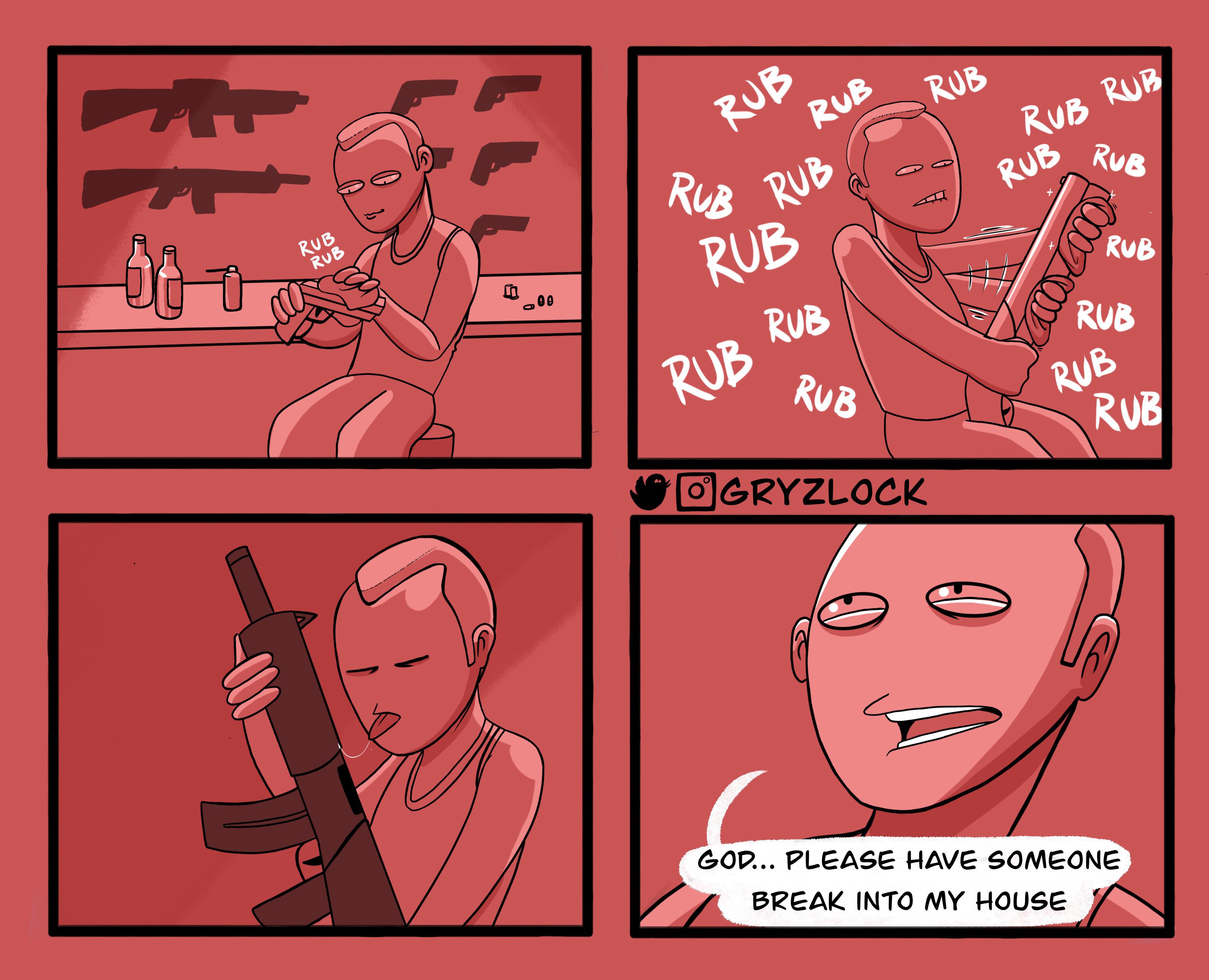this post was submitted on 19 Dec 2024
983 points (93.6% liked)
Comic Strips
19427 readers
954 users here now
Comic Strips is a community for those who love comic stories.
The rules are simple:
- The post can be a single image, an image gallery, or a link to a specific comic hosted on another site (the author's website, for instance).
- The comic must be a complete story.
- If it is an external link, it must be to a specific story, not to the root of the site.
- You may post comics from others or your own.
- If you are posting a comic of your own, a maximum of one per week is allowed (I know, your comics are great, but this rule helps avoid spam).
- The comic can be in any language, but if it's not in English, OP must include an English translation in the post's 'body' field (note: you don't need to select a specific language when posting a comic).
- Politeness.
- AI-generated comics aren't allowed.
- Adult content is not allowed. This community aims to be fun for people of all ages.
Web of links
- !linuxmemes@lemmy.world: "I use Arch btw"
- !memes@lemmy.world: memes (you don't say!)
founded 2 years ago
MODERATORS
you are viewing a single comment's thread
view the rest of the comments
view the rest of the comments

Then what percent of 64 is 42 and 22?
Oh, I see. You're only counting the times when a bystander successfully intervened. (And now you're being snarky about it, rather than just saying that's what you did.)
In my interpretation, the 113 times where the attacker left the scene are also relevant.
Well we could count the times where nobody intervened, but that doesn't negate that "that means there was nobody there with a gun to intervene" either. (And I was born snarky tyvm.)
Sure they're relevant, it's just that in most of them there was no gun other than the one held by the shooter (who in many cases wasn't allowed to bring it either) and nobody stopped him with their judo.
Of the ones that did get stopped, 34% were stopped with something that is only 8% likely to be there. That's still significant numbers whether you like it or not.
Even still, 22 is 9% of 249, that's still at least consistent with "likelihood gun there" based on 8% of carriers. I'd say it further supports my guess that "when not, it because gun not there."
And none of this even takes into account the propensity to choose gun free zones as targets further lessening the likelihood of armed response, but I think I'll mention that now.
Finally, it's a bit out of the scope of mass shootings alone but as for defensive gun use per year Harvard estimates it at 100,000/yr, which is more than our gun deaths including suicide yearly. That is also worth mention as while mass shootings themselves are also rare, defense with firearms happens more than death with firearms yearly as a whole.
Hmm.. If you say 8% of people carry guns, then surely there's a much higher than 9% chance that someone will have a gun at the scene. So something seems a bit off there.
I'd suggest that instead of just imagining how the percentage of people carrying guns might effect these stats, it might be better to try to measure that effect by looking at similar stats for other countries where gun carrying is far less common.